Understanding Oxy Gas Welding Kits
Oxy gas welding is a popular technique used in numerous applications, from industrial manufacturing to DIY home projects. At the heart of this practice lies an essential tool known as the oxy gas welding kit. This kit allows welders to craft high-quality welds through a combination of oxygen and acetylene gases, producing a flame hot enough to melt metals. In this guide, we will explore the intricacies of oxy gas welding kits, their benefits, selection criteria, safety tips, and maintenance practices.
What is an Oxy Gas Welding Kit?
An oxy gas welding kit is a set of equipment used for welding and cutting metals using a flame produced by the combustion of oxygen and acetylene. The main components of the kit include gas cylinders (for oxygen and acetylene), a torch to mix and ignite the gases, a hose for connecting the tanks to the torch, and various welding tips that can be interchanged depending on the thickness of the metal being worked on. This versatility makes oxy gas welding suitable for various applications including metal fabrication, repair tasks, and intricate artistic projects.
Key Components of an Oxy Gas Welding Kit
To fully understand the functionality of an oxy gas welding kit, it’s crucial to familiarize yourself with its primary components:
- Oxygen Tank: Holds compressed oxygen, essential for supporting combustion.
- Acetylene Tank: Contains acetylene gas, which is the fuel used in the welding process.
- Gas Regulators: Control the flow and pressure of gas from the cylinders to the torch.
- Welding Torch: The tool that mixes the oxygen and acetylene before igniting them. It has valves for adjusting gas flow.
- Hoses: Flexible tubes that transport the gases from the tanks to the torch.
- Welding Tips: Interchangeable components that determine the size and type of flame required for different tasks.
Types of Oxy Gas Welding Kits Available
Oxy gas welding kits come in various types, catering to different needs and applications:
- Portable Kits: Designed for mobility, these kits are ideal for fieldwork and smaller projects.
- Heavy-Duty Kits: Suitable for industrial applications, these often include larger tanks and multiple, specialized welding tips for diverse tasks.
- Light-Duty Kits: Perfect for hobbyists and those looking for occasional use, offering basic functionality in a compact form.
- Complete Outfits: These kits include all necessary components for oxy gas welding, often at a competitive price, making them a popular choice among beginners.
Benefits of Using an Oxy Gas Welding Kit
Versatility in Various Applications
One of the primary advantages of using an oxy gas welding kit is its versatility. These kits can be utilized for various applications, including:
- Welding: Suitable for various metals, such as steel, bronze, and aluminum.
- Cutting: Allows for precise cutting of metal plates and parts.
- Brazing: Applicable in soldering tasks and joining different types of metals.
- Heating: Useful for processes like metal bending, shaping, and softening.
Cost-Effectiveness for DIY Projects
Another benefit of oxy gas welding kits is their cost-effectiveness, especially for DIY enthusiasts. Unlike electric welding equipment, oxy gas kits generally have a lower initial purchase cost. They can perform a wide range of tasks without the need for expensive accessories, making them ideal for home users seeking to complete projects without investing heavily in tools.
Quality of Welds Produced
When done correctly, oxy gas welding can produce high-quality welds. The ability to control the heat with precision allows for cleaner welds, minimizing defects such as warping or poor fusion. Additionally, the versatility of the welding tips means that the welder can tailor the flame to the job at hand, ensuring optimal results. This attention to detail and control is a significant advantage over some other welding methods.
How to Select the Best Oxy Gas Welding Kit
Essential Features to Look For
When selecting an oxy gas welding kit, consider the following key features to ensure you get the best fit for your needs:
- Tank Size: Larger tanks provide extended use before requiring a refill, beneficial for bigger projects.
- Type of Torch: Look for adjustable torches that offer versatility across different tasks and metal types.
- Hose Length: Ensure the hoses are long enough for your workspace, but not too long, which could lead to gas flow issues.
- Safety Features: Choose kits that come with safety measures such as flashback arrestors and pressure gauges.
Comparing Different Brands
There are numerous brands available, each with unique strengths. When comparing brands, look for:
- Reputation: Renowned brands often provide better durability and performance.
- Customer Reviews: Research customer feedback on reliability, ease of use, and overall satisfaction.
- Warranty: A good warranty can be a significant indicator of quality and reliability.
- Support and Resources: Consider brands that offer robust customer service and educational resources.
Price Ranges and What to Expect
The price of oxy gas welding kits can vary significantly based on components and brand. Basic kits can start as low as $100, while more comprehensive outfits may exceed $500. Here’s what to expect at different price points:
- Budget Kits ($100 – $200): Basic functionality with essential components, best for light use.
- Mid-Range Kits ($200 – $400): Include larger tanks and more features for occasional users or DIY enthusiasts.
- Professional Kits ($400+): High-quality materials and components, suitable for regular heavy-duty use.
Safety Tips for Using Oxy Gas Welding Kits
Protective Gear and Precautionary Measures
Safety is paramount when using any welding equipment. Here are key precautions to consider:
- Personal Protective Equipment (PPE): Always wear flame-resistant gloves, goggles, and clothing to protect from sparks and UV radiation.
- Ventilation: Ensure adequate ventilation to avoid the accumulation of harmful gases.
- Fire Safety: Keep fire extinguishers nearby and know how to use them in case of a fire.
- Clear Workspace: Keep the workspace free of flammable materials and clutter.
Common Safety Mistakes to Avoid
Many accidents occur due to common safety oversights. Avoid these mistakes:
- Neglecting PPE: Failing to wear appropriate safety gear can result in serious injuries.
- Improper Handling of Gas Tanks: Always secure tanks and never attempt to modify or repair them yourself.
- Ignoring Equipment Inspection: Regularly inspect hoses, regulators, and tanks for leaks or damage.
What to Do in Case of an Emergency
Despite all precautions, situations may arise that require immediate action. Here’s what to do:
- In Case of Fire: Use a fire extinguisher and place it on the fire. Never use water to put out an acetylene fire.
- Gas Leaks: If you smell gas, evacuate the area immediately and report the leak.
- Injuries: For serious injuries, apply first aid and call emergency services immediately.
Maintaining Your Oxy Gas Welding Kit
Regular Maintenance Practices
Proper maintenance can greatly extend the lifespan and functionality of your oxy gas welding kit. Implement these practices:
- Regular Inspection: Frequently check hoses, gauges, and regulators for signs of wear or leaks.
- Cleaning: Keep the torch and tips clean from welding residue to ensure optimal performance.
- Storage: Store the tanks upright in a cool, dry place away from direct sunlight and heat sources.
Identifying Wear and Tear on Equipment
Understanding how to identify wear and tear can prevent malfunctions:
- Hoses: Look for cracks, fraying, or discoloration that may indicate aging.
- Regulators: If the pressure is inconsistent or the gauges are difficult to read, it may be time for a replacement.
- Torches: Significant rust or damage to connectors may hinder operation.
When to Seek Professional Help
If you encounter issues beyond routine maintenance, it’s best to seek professional assistance:
- Persistent Leaks: Any persistent gas leak should be evaluated by a certified technician immediately.
- Regulator Issues: If regulators show signs of malfunction, they should be replaced immediately to prevent accidents.
- Significant Damage: Cases of severe damage to hoses or tanks should be handled by professionals only.
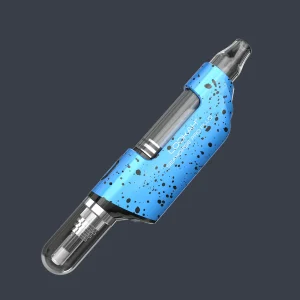


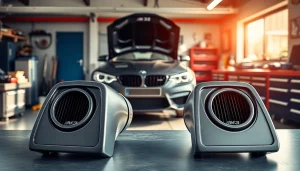
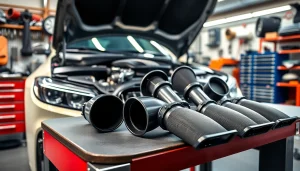




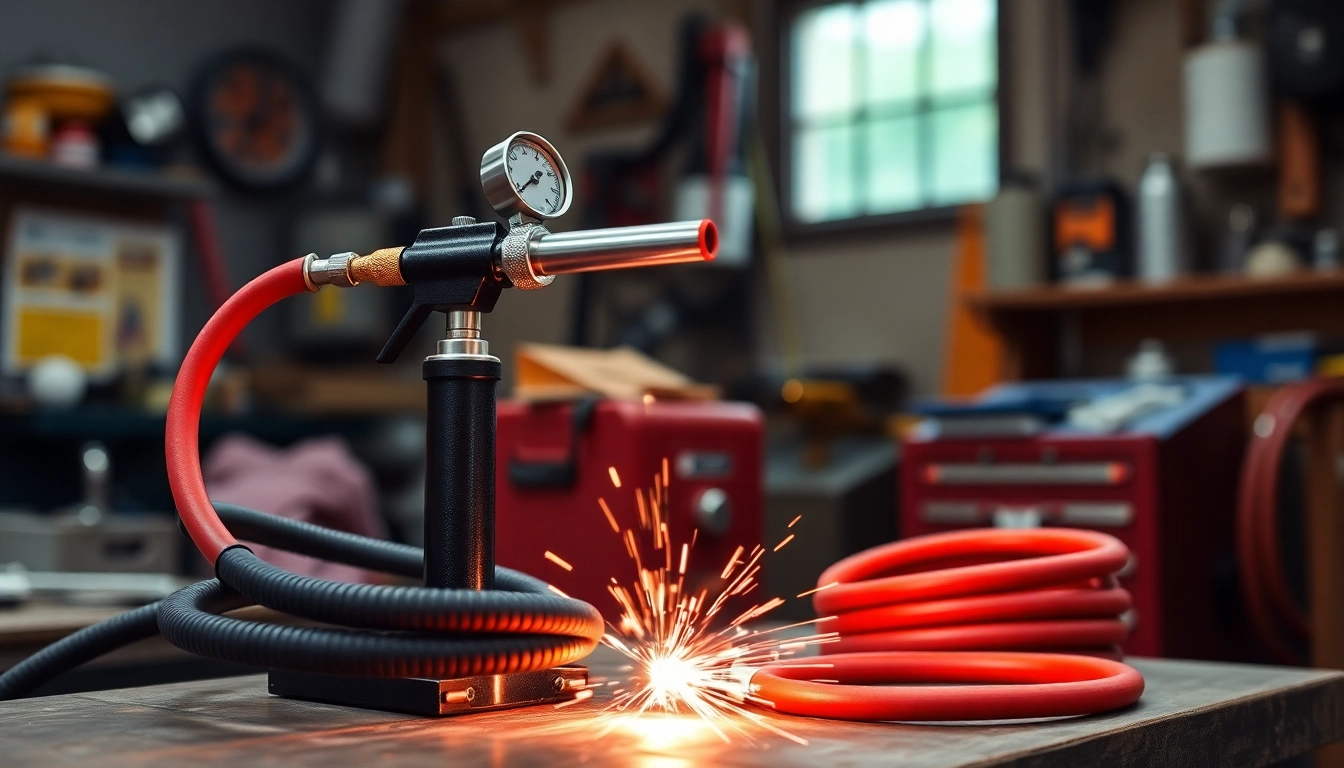




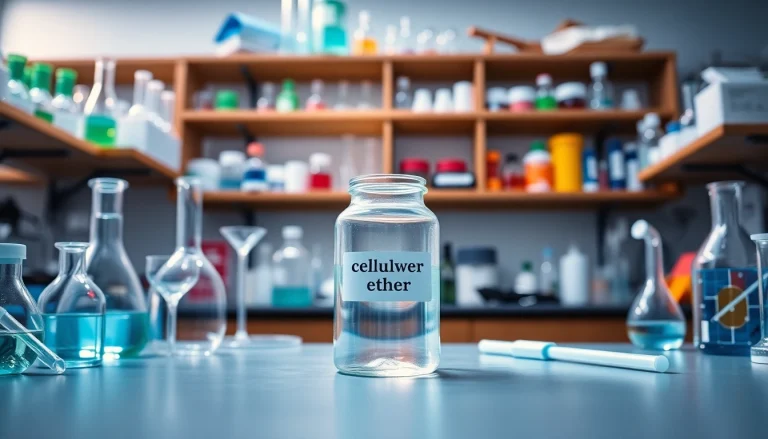
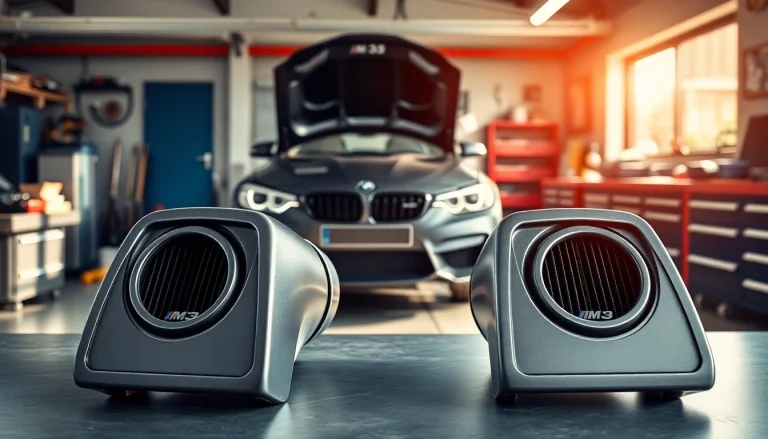



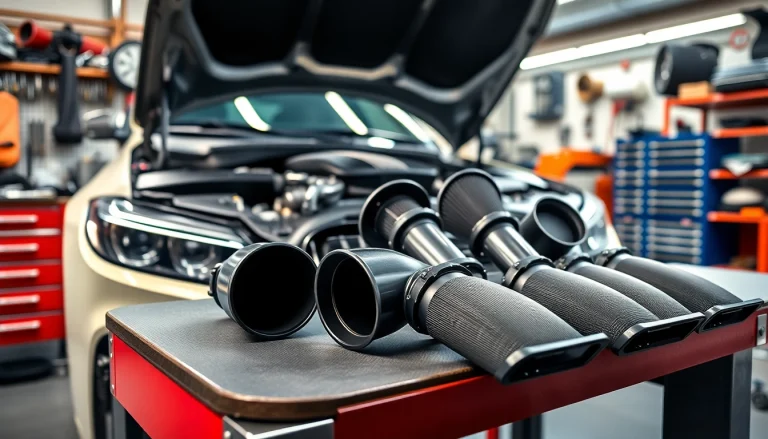



+ There are no comments
Add yours